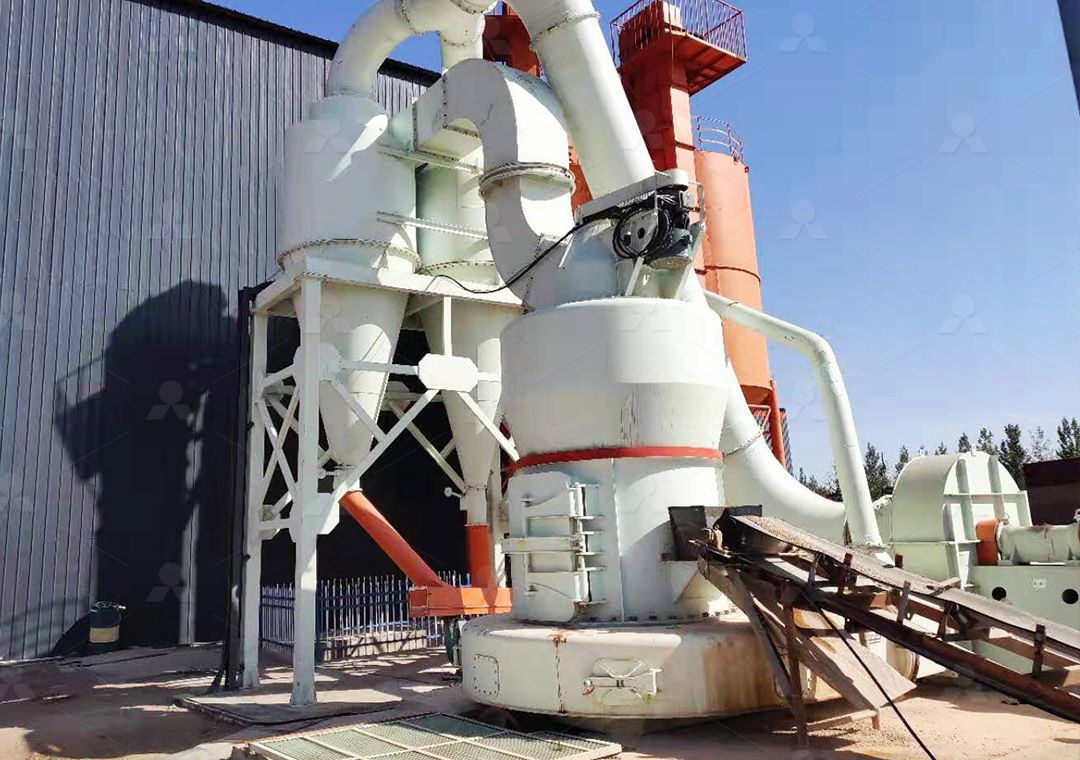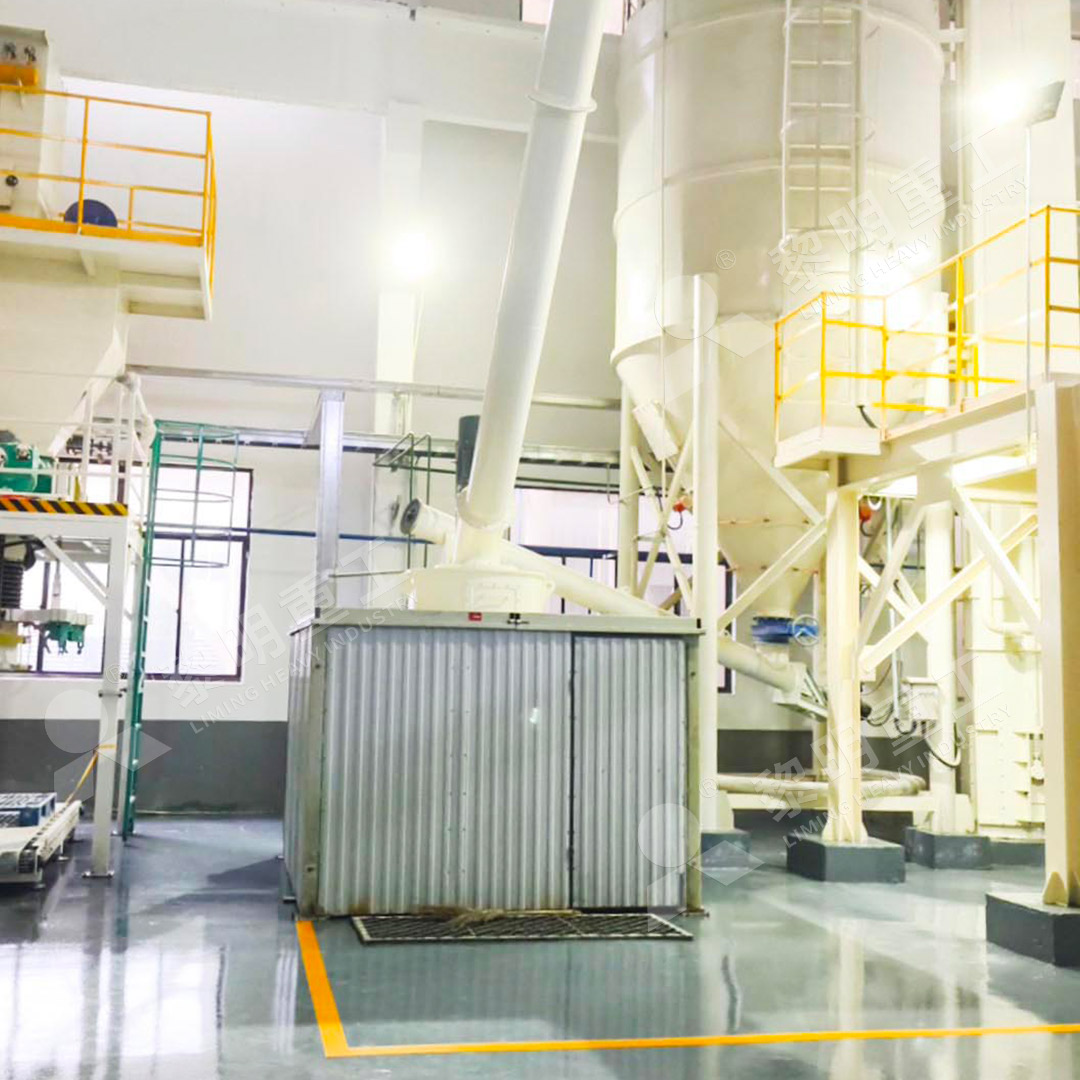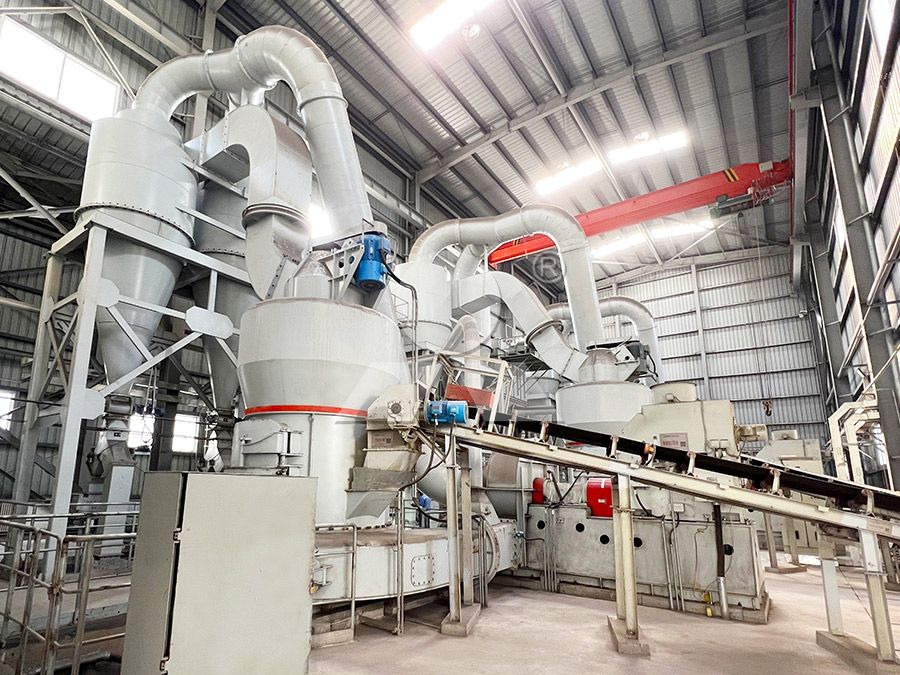Talc Powder Grinding Mill: Types, Applications, and Selection Guide
Talc Powder Grinding Mill: Types, Applications, and Selection Guide
In the world of industrial mineral processing, talc stands out as one of the most versatile materials with applications spanning cosmetics, plastics, paints, and pharmaceuticals. The transformation of raw talc into valuable powder requires specialized grinding equipment capable of delivering precise particle sizes while maintaining the material’s unique properties. This comprehensive guide explores the various grinding mill options available and provides practical insights for selecting the right equipment for your talc processing needs.
Understanding Talc Grinding Requirements
Talc, a hydrated magnesium silicate, possesses distinct characteristics that influence grinding equipment selection. Its softness (1 on the Mohs scale), plate-like structure, and thermal stability demand mills that can achieve ultra-fine particles without compromising the material’s natural whiteness or chemical composition. The ideal grinding mill must balance energy efficiency, particle size control, and preservation of talc’s valuable properties.

Major Types of Grinding Mills for Talc
The mineral processing industry offers several grinding mill technologies suitable for talc processing, each with distinct advantages:
Raymond Mill
As a traditional workhorse in mineral grinding, Raymond mills provide reliable performance for coarse to medium-fine talc powders. Their simple operation and lower initial investment make them suitable for smaller operations or when producing talc for less demanding applications like paper filling.
Ball Mill
While versatile for various materials, ball mills may not be ideal for premium talc products due to potential contamination from grinding media and limited ability to produce the ultra-fine particles required for high-value applications like cosmetics and pharmaceuticals.
Vertical Roller Mills
These mills have gained popularity for talc processing due to their excellent drying capabilities, compact footprint, and energy efficiency. The integration of grinding and drying functions makes them particularly suitable for talc with varying moisture content.
European Trapezium Mills
Advanced versions like the MTW series offer improved efficiency through features like curved air ducts and dilute oil lubrication systems, providing stable operation for medium to fine talc powders.

Advanced Solutions for Premium Talc Products
For operations requiring the highest quality talc powders with precise particle size distributions, advanced grinding technologies deliver superior results. The MW Ultrafine Grinding Mill represents a significant leap forward in talc processing technology. Engineered specifically for ultra-fine powder production, this mill achieves fineness between 325-2500 meshes with exceptional precision.
The MW series incorporates several innovative features that make it particularly suitable for high-value talc applications. Its unique grinding curve design enhances efficiency, delivering 40% higher production capacity compared to jet mills while consuming only 30% of the energy. The absence of rolling bearings and screws in the grinding chamber eliminates common failure points, ensuring continuous operation critical for maintaining consistent product quality.
For operations requiring even higher precision and advanced control capabilities, the LUM Ultrafine Vertical Grinding Mill offers exceptional performance. Integrating German powder separating technology with Taiwan grinding roller advancements, this mill provides unparalleled control over particle size distribution. Its reversible structure simplifies maintenance, while double position-limiting technology guarantees operational stability even under variable feed conditions.
Key Selection Criteria
Choosing the right talc grinding mill requires careful consideration of multiple factors:
- Target Particle Size: Determine the required fineness range for your specific applications
- Production Capacity: Match equipment throughput with your operational requirements
- Energy Efficiency: Consider long-term operational costs alongside initial investment
- Product Purity: Ensure the mill design prevents contamination of the talc product
- Moisture Content: Select equipment with appropriate drying capabilities if processing moist crude talc
- Space Constraints: Evaluate the physical footprint of the grinding system
- Environmental Compliance: Verify dust collection and noise control systems meet regulatory requirements

Application-Specific Recommendations
The optimal grinding solution varies significantly based on the intended use of the talc powder:
Cosmetics and Pharmaceuticals: For these high-value applications where purity, whiteness, and precise particle size are critical, the MW Ultrafine Grinding Mill excels. Its ability to produce powders with d97≤5μm in a single pass while maintaining low iron contamination makes it ideal for face powders, pharmaceutical tablets, and other sensitive applications.
Plastics and Rubber: These industries typically require medium-fine talc powders where the LUM Ultrafine Vertical Grinding Mill provides excellent value through its combination of high throughput, energy efficiency, and consistent product quality.
Paints and Coatings: For applications demanding specific particle size distributions to control gloss and opacity, mills with advanced separator technology like the MW series deliver superior performance and flexibility.
Frequently Asked Questions
What is the typical energy consumption for talc grinding mills?
Energy consumption varies significantly by mill type and target fineness. Advanced mills like the MW Ultrafine Grinding Mill can reduce energy consumption by 30-50% compared to conventional technologies while achieving superior product quality.
How important is particle size distribution for different talc applications?
Extremely important. Cosmetic applications typically require the tightest particle size distributions with top cuts below 10-20μm, while plastics and rubber can tolerate broader distributions. The MW series’ cage-type powder selector technology provides exceptional control over particle size distribution.
Can the same mill process different mineral types?
While possible, cross-contamination concerns often dictate dedicated equipment for premium talc products. The easy-clean designs of modern mills like the MW and LUM series facilitate product changeovers when necessary.
What maintenance requirements should I expect?
Maintenance needs vary by technology. Mills with simplified grinding chambers like the MW series significantly reduce maintenance demands by eliminating common failure points such as grinding chamber bearings and screws.
How do I determine the right mill capacity for my operation?
Consider both current needs and future expansion. The MW Ultrafine Grinding Mill offers capacities from 0.5-25 tph, providing flexibility for various operation scales while maintaining consistent product quality across the capacity range.
